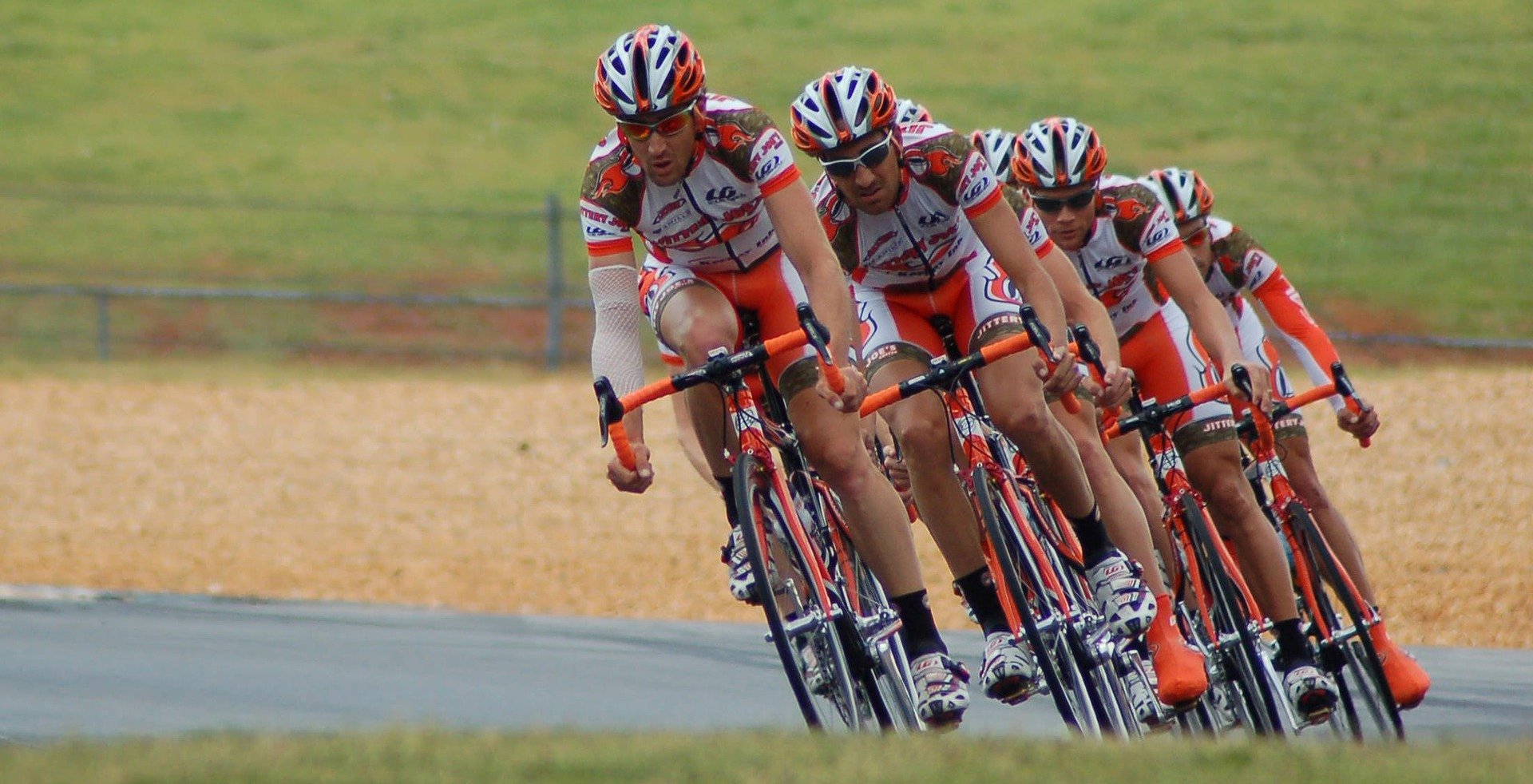How to energise your website visitors using interactive design
Posted on 15th February 2021 at 14:48
This year it will be the 30th anniversary of the first ever website being published by British computer scientist Tim Berners-Lee. Website design has advanced dramatically since then.
In the 1990s website designers would draw on information about your business and the industry you worked in and use their knowledge and intuition to create a design for you.
Thankfully things have progressed since then and ‘interactive design’ is now the norm, with almost every online business using it. This is where the designer focuses on the visitor’s journey through your website and how they interact with it. It’s how they design it to be usable, fun and useful, by employing intuitive hardware to ensure smooth transitions between pages.
Interaction ranges from how a user arrives on your landing page to how they scroll through your website, with the ultimate aim of encouraging them to fill in your contact form to make a purchase from you.
Let us take a moment to explain more.
The six components of interactive design
User control/experience
The overall experience of the user or visitor to your website is the main concern here. The designer will be looking at how efficient he can make the visitor’s journey as they navigate through your website. He’ll also be considering any areas causing frustration that might make a user flit elsewhere and how easy it is to complete the contact form.
Responsiveness
This looks at how long it takes for your pages to load to display on various devices and how quickly your website responds to button clicks.
Real-time interactions
Here the designer will be focusing on the value and utility of various actions, for example, do you have the buttons in the right place for users to interact easily with them? Or is the layout right to guide visitors to your newsletter subscription form?
Connectedness
This is where the designer checks you are maintaining your overall brand identity to ensure everything about your company on the Internet matches, for example, are your logo and office address the same on your website as on your social media? Also do the fonts and images you use everywhere match?
Personalisation
This is an important element of interactive website design that examines how personal you are with your visitors. Using information from cookie data, your designer can personalise your website to suit your regular visitors' navigation of it. It also looks at whether your website location changes according to where your user views it and whether it has a greeting matching their time of viewing. For example, does your website’s greeting change according to whether it’s morning, afternoon or evening?
Playfulness
Designers now know that using playful elements in the design of your website will entertain or engage your users, increasing their interaction with it and encouraging them to linger longer. This is where you may want to consider including a cartoon or animation, some references to the special date on the calendar or popular culture.
Almost every aspect of a user’s visit to your website is taken into consideration in interactive design.
At it’seeze Web Design Colchester, we have a wide range of tools that make it easier to track your visitors every move, for example, Google Analytics is incorporated into every website we design so that you will know how every user has navigated through your website and which pages have attracted the most engagement.
At it’seeze, our experts take pride in designing bespoke websites to fit your business profile, so that each and every user enjoys the best experience they can have, leading them to convert into new customers and increase your sales and turnover.
If you would like more information about interactive design, or if you would like advice about your business website, get in touch today.
Tagged as: Web Designers Colchester
Share this post:
